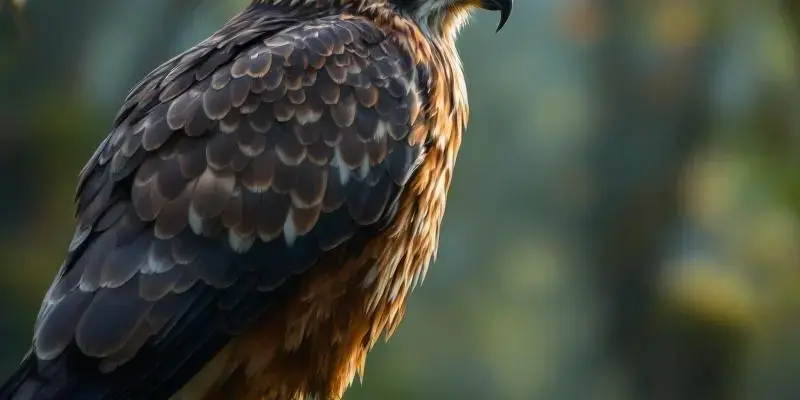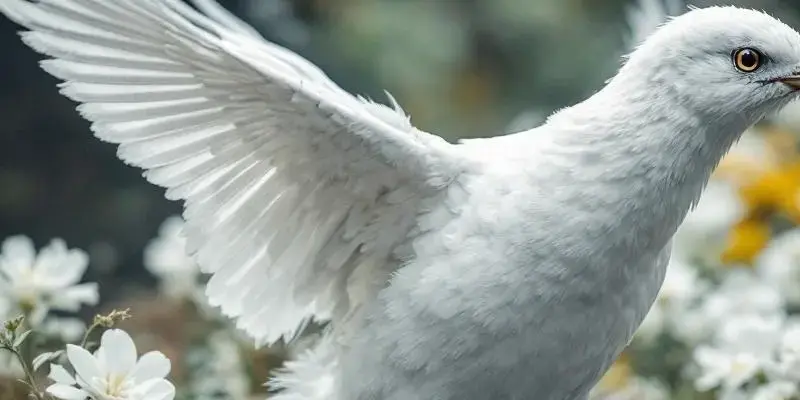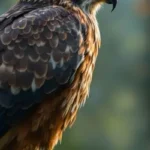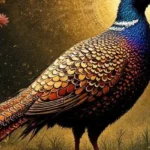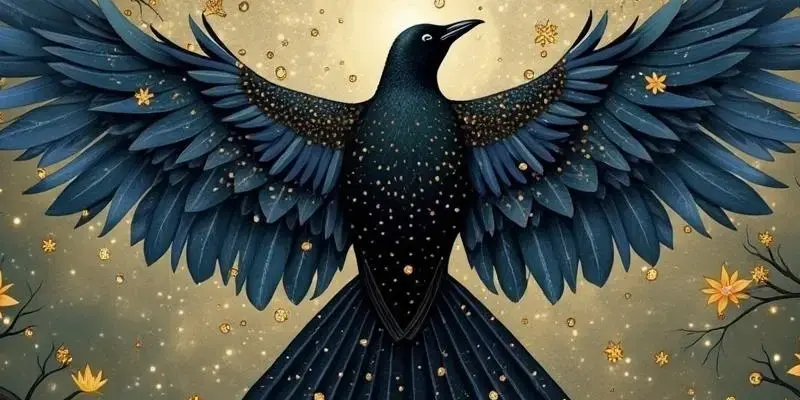Lark spiritual meaning

The lark’s enchanting morning melody has transcended mere birdsong to become a profound spiritual symbol representing hope, joy, and awakening across numerous cultures. From Shakespeare’s poetic descriptions to Native American traditions, the lark serves as a celestial messenger between earthly realms and divine heights, embodying the transformative power of dawn and spiritual enlightenment.
Key Takeaways:
- Larks symbolize spiritual awakening and the transition from darkness to light across cultures
- Native American tribes view larks as sacred messengers with connections to stars and fertility
- In literature and art, larks represent divine connection and the journey from earth to heaven
- As spirit animals, larks teach energy balance and mindful awareness
- Practical lark wisdom includes embracing morning rituals and finding daily renewal
The Dawn Messenger: Understanding Lark Symbolism
The lark’s magnificent song at daybreak has earned this small bird an extraordinary spiritual reputation throughout history. Unlike many birds that sing throughout the day, the lark specifically heralds the morning light, creating a natural connection to themes of awakening, renewal, and spiritual enlightenment.
Physical characteristics of the lark further enhance its spiritual symbolism. Their ability to soar to great heights while singing represents the soul’s ascension toward divine realms. Literary giants recognized this powerful metaphor, with Shakespeare describing how the lark “sings hymns at heaven’s gate” and Chaucer naming it the “bisy larke, messager of day.”
The lark’s participation in the dawn chorus—that magical transition between night and day—symbolizes liminal spaces where transformation becomes possible. This positioning between worlds makes the lark a perfect spiritual messenger, carrying hopes from earth to heaven and bringing divine inspiration back to humanity.
Cultural Interpretations: How Different Traditions View the Lark
Native American perspectives on the lark reveal fascinatingly diverse spiritual interpretations. The Cherokee call the lark “nakwisi,” meaning star, highlighting its celestial connections. For the Lakota, the lark serves as God’s Messenger and embodies the fertility spirit Okaga. The Blackfoot people view the lark as a bringer of peace and protection, while the Arikara have a contrasting association with “woman’s nagging.” The Sanpoils legend creatively portrays the meadowlark as the chipmunk’s sister.
In Buddhist traditions, the lark represents mindfulness and awakening to the present moment. The Buryat people connect the lark to purity and springtime. Some Buddhist beliefs even credit the lark with the capacity to sanctify water, while others see it as a beautiful representation of impermanence—a central Buddhist teaching.
Christian and Western interpretations associate the lark with worship and divine connection. Renaissance paintings frequently feature larks as symbols of Christ, particularly referencing John 16:16. The concept of “spiritual daybreak”—transitioning from Earth to Heaven—appears consistently in Western spiritual interpretations of the lark, creating a parallel between the bird’s morning flight and the soul’s heavenly journey.
The Lark as Spirit Guide and Totem
The woodlark carries specific spiritual significance as a signal that difficult times are ending. For those experiencing challenges, the woodlark appears as a spiritual reminder that rewards await after hard work. This particular lark species teaches the importance of balancing energy across all life priorities—a crucial spiritual lesson in our often fragmented modern lives.
The meadowlark serves as a powerful spiritual messenger, guiding seekers toward deeper understanding through meditation practices. Its teachings focus on energy management—showing how to direct life force toward productive purposes while maintaining joy. When meadowlarks appear in dreams, they typically bring messages related to wisdom and spiritual insight, inviting the dreamer to pay attention to unfolding spiritual lessons.
You might recognize the lark as your spirit animal if you feel naturally drawn to morning hours, experience heightened creativity at dawn, or possess an innate ability to lift others’ spirits. To connect with lark energy, try these practical exercises:
- Create a dawn meditation practice
- Journal about transitions in your life
- Practice singing or vocalizing your truth
- Spend time observing birds in their natural habitat
Larks in Literature and Mythology
Shakespeare’s works contain compelling contrasting portrayals of larks. In Romeo and Juliet, the lark’s morning song becomes a warning of impending separation: “It was the nightingale, and not the lark…” Here, the bird symbolizes unwelcome reality intruding on the lovers’ night. Yet in Sonnet 29, Shakespeare presents the lark as a symbol of dawn and divine connection, showing how the same creature can embody different spiritual meanings depending on context.
The larkspur flower connection reveals additional symbolic dimensions. Known as “Lark’s heel” or “Lark’s claw” for its distinctive shape, this flower carries meanings of lightness and fickleness. Historically, people believed larkspur could drive away scorpions, adding a protective spiritual quality to lark symbolism in general.
Through literary history, lark symbolism has evolved while maintaining core spiritual themes. Renaissance art frequently depicted larks as Christ symbols, referencing John 16:16 and emphasizing the concept of “spiritual daybreak.” This artistic tradition reinforced the lark’s association with the soul’s journey from earthly existence to divine realms, creating a rich spiritual vocabulary that continues to influence our understanding today.
Living with Lark Wisdom: Practical Applications
Creating a morning ritual inspired by the lark’s dawn chorus can transform your daily experience. Consider rising with (or slightly before) the sun, spending those first moments in quiet contemplation, and setting intentions for the day ahead. This practice honors the lark’s spiritual message of renewal and transition.
Energy management techniques based on lark teachings emphasize balance and discernment. The lark reminds us to “balance and devote energy to the most critical aspects of life” while “keeping improving on things that assist in life while ignoring those that hinder progress.” This wisdom encourages thoughtful prioritization rather than scattered efforts.
The Horned Lark’s nest-building skills offer practical wisdom for creating harmonious living spaces. These birds create simple yet effective shelters, teaching us that functionality and comfort matter more than elaborate showiness. When larks appear in dreams, they typically signal new beginnings, spiritual messages, or the need to express yourself more freely.
I’ve developed a 7-day mindfulness challenge based on lark symbolism:
- Day 1: Rise with the dawn and observe natural light
- Day 2: Practice joyful vocalization (singing, speaking truth)
- Day 3: Identify energy drains and create boundaries
- Day 4: Explore the balance between earth and sky (grounding and inspiration)
- Day 5: Notice transitions throughout your day
- Day 6: Bring playfulness into routine activities
- Day 7: Reflect on personal spiritual awakening
Universal Messages of the Lark
The very word “lark” has evolved to describe a fun, spontaneous venture—revealing the playful spirit this bird embodies. Across tribal interpretations, larks consistently symbolize peace, serenity, and safety. This universal association speaks to humanity’s shared recognition of the lark’s special spiritual qualities.
Joyous freedom and a carefree outlook characterize the lark’s spiritual essence. Unlike birds of prey or scavengers, the lark represents pure celebration of existence. This quality makes the lark a perfect teacher for mindfulness and present moment awareness, showing how to appreciate life’s simple gifts.
Finding daily renewal through lark symbolism involves recognizing that each day offers a fresh start. Just as the lark sings anew each morning, we can approach our lives with renewed perspective regardless of yesterday’s challenges. This practice of intentional renewal transforms ordinary existence into a spiritual journey.
The lark teaches us to balance lighthearted joy with purposeful energy management—a crucial spiritual lesson for modern life. To integrate this wisdom, consider creating a weekly observation journal where you record lark-like moments of inspiration, document personal transitions, and track how you balance responsibilities with playfulness. This simple practice helps anchor lark awareness in daily experience, allowing its spiritual messages to take flight in your life.
The article explores how the lark has become a powerful spiritual symbol representing hope, joy, and awakening across cultures. This small bird’s dawn song connects it to themes of spiritual enlightenment and transformation. Various cultural traditions view larks as sacred messengers between earth and divine realms. Literary figures like Shakespeare have used lark imagery to represent both divine connection and harsh reality. As spirit animals, larks teach energy balance and mindfulness. The article suggests practical applications like morning rituals and energy management techniques based on lark wisdom.
| Key Aspect | Significance |
|---|---|
| Symbolic Meaning | Hope, spiritual awakening, transition from darkness to light |
| Cultural Interpretations | Sacred messenger in Native American traditions; symbol of Christ in Western art |
| Spirit Animal Qualities | Energy balance, mindfulness, creativity at dawn |
| Practical Applications | Morning rituals, intentional transitions, balanced energy management |


